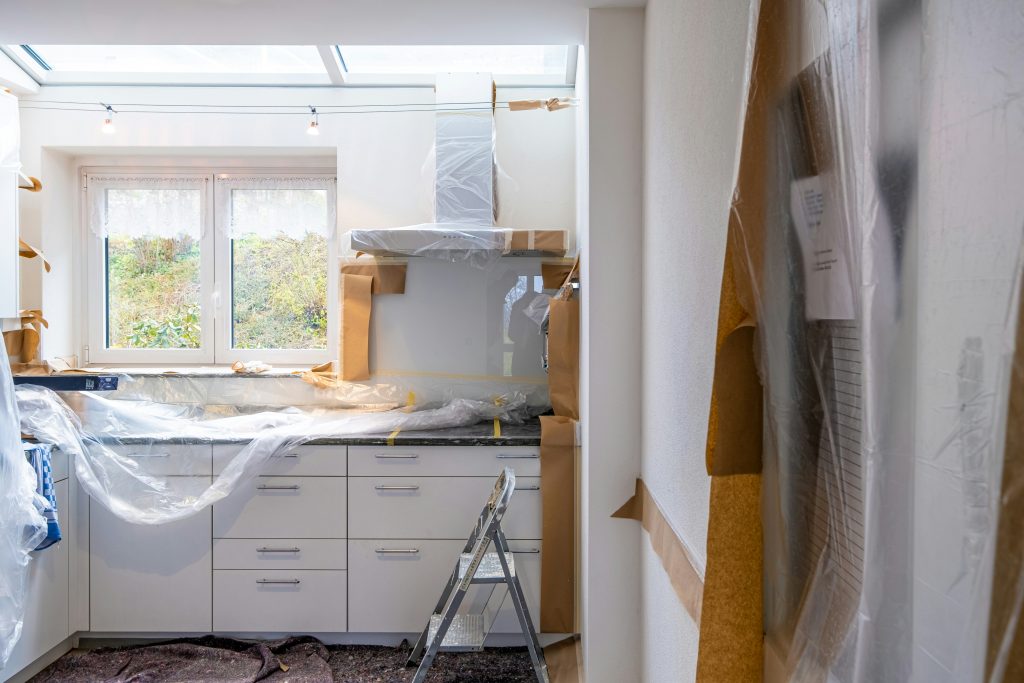Your landlord did not make the improvements they promised. Now what?

Posted February 5, 2024 6:16 pm.
Last Updated February 5, 2024 6:56 pm.
When landlords in Ontario make significant improvements to a rental unit or residential complex, they can legally apply for a rent increase above the provincial cap for providing those services, referred to as an above guideline increase (AGI).
Capital expenditure on significant renovations, repairs, replacements or new additions to the unit or complex, as well as adding or increasing security services are expenses that qualify for an AGI.
Usually, landlords apply for an AGI after the work has been completed. However, as per the Residential Tenancies Act, they can implement an increase beforehand if an agreement is reached with the tenants involved.
“If the landlord and the tenant can agree to an increase in rent that’s above the guideline, then they can use what’s called an N10 form to increase the rent and that takes the place of the normal rent increase,” explains Lee Webb, director of client services at the Canadian Centre for Housing Rights (CCHR).
Unlike other landlord/tenant issues, an N10 does not need to be filed with the Landlord and Tenant Board (LTB) for approval.
“The N10 form says that the rent is going to increase by a certain amount. That amount can be up to the guideline, plus three per cent,” says Webb.
When a landlord applies for an AGI after improvements have been made, they can request a total nine per cent increase to be spread out over three years. The N10 process allows for a maximum total increase of three per cent above the current 2.5 per cent cap.
If the landlord does not follow through with the promised improvements, tenants can seek recourse through the LTB within a two-year period after the N10 is signed.
“The tenant can bring what’s called a T4 application to the Landlord and Tenant Board saying that this N10 agreement had been entered into and the work hasn’t been done, or the service hasn’t been provided, and asking the LTB to reset the rent to what it had been previously or what it would’ve been, had the above guideline rent increase not been applied,” says Webb.
Apart from resetting the rent, tenants could also be eligible to get some money back via a rent abatement.
“Let’s say that you sign this N10 and your rent goes up in January. In that case, if you don’t get the service until July, you could still maybe bring a T4 application to get a rent abatement for the first six months of that period,” says Webb.
He adds that in such cases the tenant will usually only get back the amount paid that was over and above the guideline.
“So they will still have to pay the part that was the guideline increase (2.5 per cent). But they won’t have to the part that is above the guideline, at least until the point that the landlord hasn’t provided that service,” he explains.
Webb says when making the decision to file a T4, tenants should consider what’s “reasonable.”
“Have the delays been reasonable in the circumstances? So maybe there were strikes going on that the landlord couldn’t have prevented, were parts on back order? that sort of thing,” says Webb.
He adds that the onus falls on the tenant to prove that the work or improvements for which the landlord implemented the rent increase have been inordinately delayed or not delivered as promised.
“Do [the tenants] have physical, documented evidence that they can show [the LTB] that they did sign the N10, that they have been paying that [increased] amount and that the work hasn’t been done? This could involve pictures, it could involve the documents or text messages,” he says.
As with most LTB processes right now, Webb warns that ongoing delays could mean tenants could be waiting for a T4 hearing for several months.








